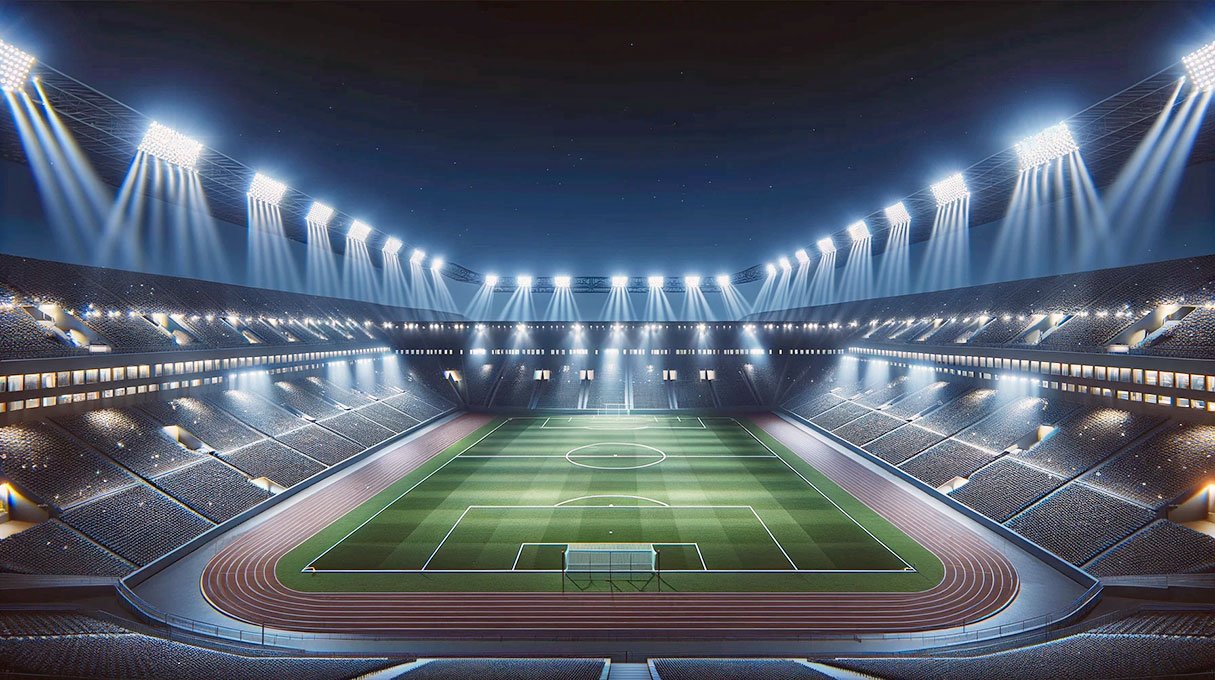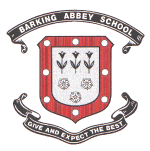Professional Stadium Floodlight Design

Balancing Aesthetics, Compliance, and Efficiency
In the world of sports and entertainment, stadium floodlight design plays a pivotal role in enhancing the overall user experience while ensuring functionality and compliance. This article delves into the multifaceted aspects of designing floodlights for stadiums, addressing everything from aesthetics to regulatory adherence and operational costs.
Understanding Stadium Lighting Needs
Stadiums serve as venues for a diverse array of events, each demanding unique lighting arrangements to meet specific requirements and enhance the experience for participants and spectators alike. Here's a closer look at the lighting considerations for different types of events held in a stadium:
Football and Rugby
These sports require uniform and bright lighting to ensure players can see the ball clearly and make accurate plays. The lighting must eliminate shadows and glare to support players' performance and safety and provide spectators with unobstructed views. For televised matches, the lighting needs to be suitable for high-definition broadcasting; providing a light output with a high Colour Rendering Index (CRI), minimal Flicker Rate and sufficient Camera-Oriented Illumination planes.
Athletics
Track and field events have varied lighting requirements, with specific focus areas depending on the sporting activities performed. For instance, Long Jump and Pole Vault areas need targeted lighting from narrow optics to ensure suitable in-field illumination and support optimal athletic performance. Contrastingly, long-range throwing activities (Javelin, Discus, and Shotput) benefit from illumination from floodlights with lateral throw optics to provide even coverage. Overall, the optimum lighting design must accommodate the wide range of activities, ensuring uniformity and adequate illumination across all competition areas.
Concerts and Entertainment Shows
Lighting for concerts and shows goes beyond mere illumination; it's an integral part of the show's production, creating ambiance and enhancing the audience's experience. Dynamic lighting setups are required, with the ability to change intensity, colours, and focus, synchronizing with the performance to create immersive experiences.
Multi-Purpose Events
Many stadiums host events like ceremonies or community gatherings, which may not require the same intensity of lighting as sports events but still require adaptable and controllable lighting systems to create the atmosphere most fitting to the occasion.
Each of these events demands a nuanced approach to lighting design, which prioritises creating an environment that not only meets the functional requirements of the event, but further enhances the aesthetic appeal and viewer experience. The versatility of lighting systems, their control mechanisms, and the ability to adapt to the specific needs of each event type, are critical components in the design of stadium floodlights.
Further Considerations for Stadium Lighting
Aesthetics - The visual appeal of a stadium is crucial in setting the ambiance. Lighting not only illuminates but also enhances the aesthetic appeal, creating memorable experiences for spectators.
Compliance and Safety - Adhering to lighting standards ensures safety and consistency. Designers must navigate these regulations to create compliant and safe lighting solutions that meet the specific needs of different sporting and entertainment events.
Lifespan and Sustainability - With a focus on sustainability, selecting lighting options that offer longevity while minimising environmental impact is essential. LEDs are known for their efficiency and durability, making them a preferred choice in modern stadium designs.
Cost Considerations - Balancing upfront costs with long-term savings is key in floodlight design. Energy-efficient lights, though a significant investment, can offer substantial long-term savings, especially in terms of maintenance and energy consumption.
Conclusion
Designing floodlights for stadiums is a complex task that requires a holistic approach. By considering aesthetics, compliance, lifespan, and cost, designers can create effective and efficient lighting solutions that enhance the experience for all stadium visitors.
Stadium Floodlights FAQs
What are the key factors in stadium floodlight design?
Aesthetics, compliance, lifespan, cost, and adaptability for various events are crucial.
How do regulations impact stadium lighting design?
Compliance with standards ensures safety and uniformity, influencing design choices.
Why is lighting sustainability important in stadiums?
Sustainable lighting reduces environmental impact and operational costs.
Can stadium lighting be tailored for different events?
Yes, versatile lighting systems can adapt to different types of events, enhancing viewer experience.
What are the latest trends in stadium lighting technology?
Innovations focus on energy efficiency, longevity, and enhanced visual experiences.























